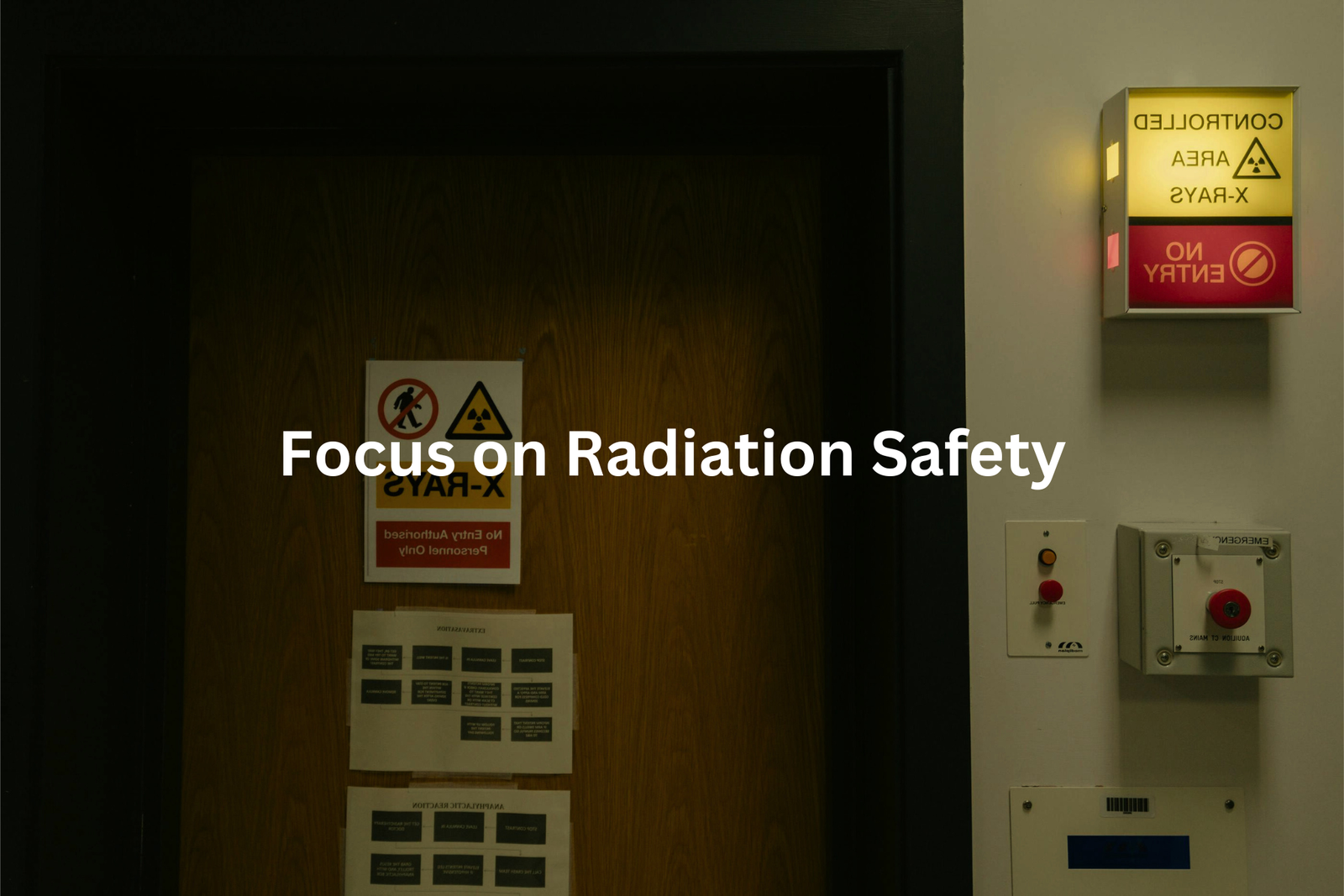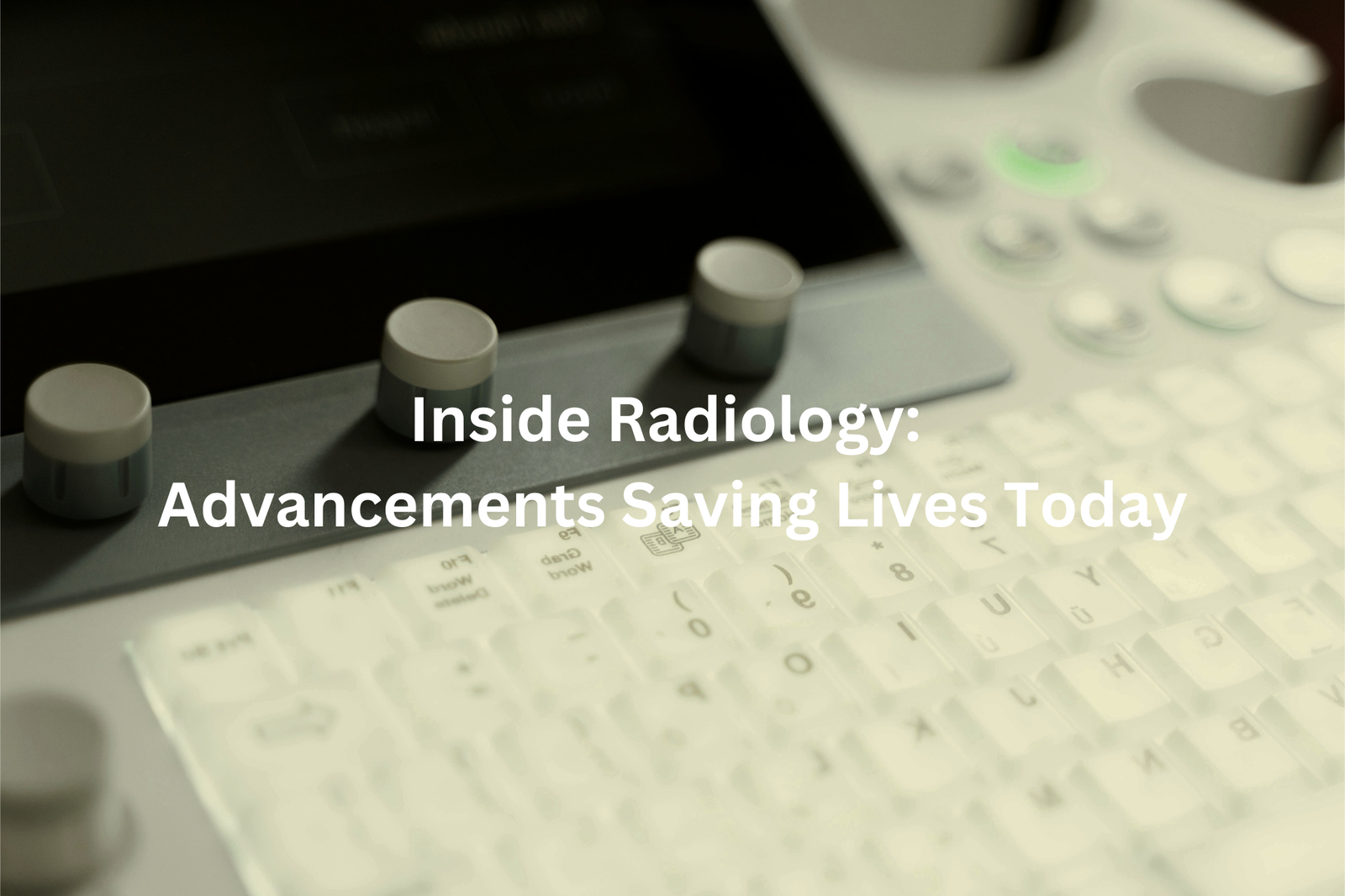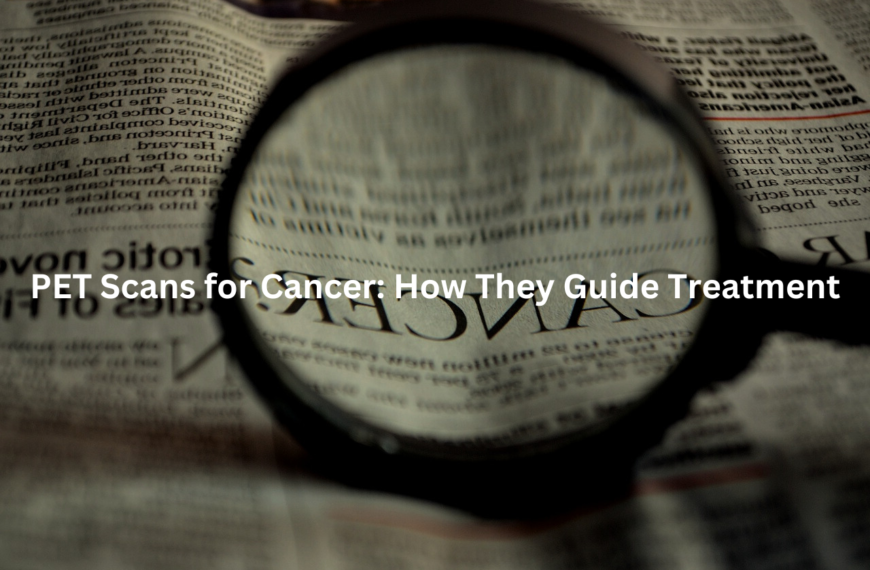Radiology advancements are transforming health care! Discover how cutting-edge tech and AI are helping doctors see inside our bodies like never before.
Radiology advancements are fascinating! They help doctors see inside our bodies better than ever before. With new technology, imaging tools give doctors clearer pictures, letting them find problems more quickly and accurately. For example, artificial intelligence (AI) spots issues that the human eye might miss, which is a big improvement.
This means better treatment and healthier lives for patients. Imagine a clearer picture of your insides guiding your doctor! If you want to learn more about the amazing changes happening in radiology, keep reading! There’s so much to discover about how these innovations make healthcare even better.
Key Takeaway
- Radiology uses new technology to make clearer images.
- Artificial intelligence helps doctors find problems faster.
- Patient care is becoming more focused on individual needs.
Technological Innovations in Radiology
There’s something pretty amazing about how technology keeps changing the way we understand and treat the human body. Radiology is a great example. Not too long ago, doctors used film that had to be developed in darkrooms, kind of like old-school photography. Now, they’ve got digital imaging systems that show pictures almost instantly, and the detail is incredible(1).
A big part of this shift is thanks to flat-panel detectors. These are like super-advanced cameras that can capture images so sharp you can see things down to fractions of a millimetre. That’s tiny. It helps doctors spot things they might’ve missed before. A friend studying radiology told me about her first time seeing a digital heart scan. She said, “It was like looking at a map of the heart. You could see everything—valves, chambers, all of it.” That stuck with me.
For patients, this tech means faster results and fewer repeat scans, which also means less radiation exposure. And for the people working in radiology, it makes their jobs more efficient. If you ever need a scan, it’s worth asking what kind of tech they’re using. It’s not just cool—it’s your health.
The Role of Artificial Intelligence
AI in radiology feels like peeking into the future. It’s like giving radiologists a superpower—an extra set of eyes that work faster and sometimes see things we might miss. But don’t worry, it’s not about replacing doctors. It’s about helping them do their job better.
Here’s what AI does:
- Early spotting: AI can detect tiny changes, like early signs of cancer, that might be too small for the human eye to catch.
- Sorting cases: It helps prioritise urgent scans, so the most critical patients get attention first.
- Handling the load: Radiologists go through thousands of images daily. AI helps by taking care of the repetitive stuff, so doctors can focus on the tricky cases.
I heard a story from a radiologist who said AI found a faint shadow in a chest scan. It turned out to be a stage 1 lung tumour. “We might’ve missed it without AI,” he said.
The cool part? AI learns. The more scans it reviews, the better it gets. It picks up patterns, even ones that might slip past a tired doctor.
If you ever need a scan, ask if AI is involved. It’s comforting to know there’s tech helping doctors see more clearly. But remember, it’s the doctors who make the decisions. That’s the balance.
Tele-Radiology: Access to Care Everywhere
Sources: Imran Lasker.
The world feels bigger when you’re far from a city. Simple things, like getting an X-ray, can mean hours of travel. But tele-radiology is changing that for rural areas.
Tele-radiology sends medical images—X-rays, CT scans, MRIs—to radiologists in other places(2). They review the images and send back results, sometimes in just hours. It’s like having a radiologist nearby, even if they’re not.
Here’s how it helps:
- Accessibility: No need to travel far for results.
- Faster answers: Radiologists can handle more cases quickly.
- Expert opinions: Access to specialists in big cities.
I heard about a boy in the outback with a brain bleed. A CT scan was sent to Sydney, and within minutes, he was flown for surgery. It saved his life. With faster internet and better tools, tele-radiology keeps improving. If you’re in the country, ask your doctor about it. It might just save time—or a life.
Patient-Centered Care

Hospitals can feel a bit much sometimes. The white walls, the beeping machines, and all the big words doctors use—it’s a lot. But things are changing. Healthcare’s starting to focus more on patients, and radiology is catching on.
When people know what’s happening during scans, they’re less scared. It’s not just about making them feel better—it’s about making them part of the process.
Here’s what’s improving:
- Better explanations: Doctors explain what happens during scans, so you’re not left wondering.
- Clear results: They tell you what the results mean, not just hand over a report.
- No surprises: Knowing a scan might be loud or cold helps.
My aunt had an MRI, and the tech explained everything first. She said it made her feel cared for. Studies even show informed patients are less stressed and more cooperative. So, if you’re getting a scan, ask questions. It really helps.e the experience far less daunting—and remind you there’s a person behind the machine, ready to help.
Growth of Interventional Radiology
It’s kind of amazing how some medical treatments today don’t even need surgery. Interventional radiology is one of those things—it uses imaging like CT scans or ultrasounds to guide tiny tools inside the body. No big cuts, just precision. It’s changing how we think about medicine.
For example, a biopsy. Instead of a big operation to get a tissue sample, a radiologist can use a thin needle, guided by live images, to reach the exact spot. It’s quicker, safer, and hurts less. Then there’s ablation, where heat or cold destroys tumours, or placing catheters to drain fluid or deliver medicine. These small procedures save lives and mean shorter hospital stays.
My cousin had a liver tumour treated this way—radiofrequency ablation. Just a little poke, and she was walking the next day. If you ever need treatment, ask about interventional radiology. It might save you time, pain, and scars.
Focus on Radiation Safety

There’s something about the word “radiation” that makes people uneasy. It sounds risky—and, in large amounts, it can be. That’s why medical imaging has come so far in finding ways to use just enough to get clear pictures while keeping patients safe. It’s a careful balance.
Take X-rays and CT scans, for example. These are crucial tools for diagnosing problems, but they do involve small amounts of radiation. Thankfully, newer machines adjust doses automatically. A child, for instance, gets a much lower dose than an adult, but the images are still clear.
Other safety measures include(3):
- Lead aprons to shield parts of the body not being scanned.
- Advanced software that reduces exposure while keeping images sharp.
- Alternatives like ultrasound or MRI, which don’t use radiation at all.
If you’re unsure, ask your doctor about dose-reduction options. Imaging is about seeing what’s wrong—but it’s also about protecting you.
Value-Based Care in Radiology
Radiologists aren’t just behind the scenes anymore. They’re teaming up with other doctors to make healthcare more personal and focused on what really helps patients. It’s called value-based care—where the goal is better outcomes, not just more tests or faster results.
Picture this: A radiologist and a GP sit together, looking at a patient’s scans. They’re not just spotting problems; they’re planning the best way to help the patient recover. It’s smarter care.
Here’s how it works:
- Only necessary tests, no extras.
- Costs are considered, so no surprise bills.
- Treatment plans are personalised for each patient.
My dad had knee pain once. Instead of endless tests, his doctor and radiologist chose one MRI. It saved time, money, and stress—and solved the problem quickly. If you’re unsure about tests or costs, ask how your doctor works with radiologists. They might already be part of this smarter approach.
Advancements in Imaging Technology
Radiology turns the invisible into something you can see, clear as day. It’s like science catching up to what we’ve always imagined. With today’s imaging tech, doctors can look inside the body without even touching it—just using pictures and pixels.
Here’s how:
- Digital X-rays (or radiography) give sharp, detailed images of bones and tissues. Like switching from an old telly to HD.
- PET scans show how diseases like cancer are growing, almost in real-time.
- MRI scans create 3D images, mapping everything from brain pathways to torn ligaments.
A friend of mine had an MRI after a footy injury. They thought he’d torn a ligament. The scan was so clear the doctor spotted the issue straight away. He was in a brace that same day. If you’re ever nervous about a scan, ask questions. These tools aren’t just machines—they’re helping doctors give better care, quicker and safer.
FAQ
What are the potential benefits of patient outcomes from advancements in the field of radiology?
Advancements in imaging modalities, such as Magnetic Resonance Imaging (MRI) and machine learning, can lead to more accurate diagnoses and improved patient outcomes. These technologies can help healthcare professionals better understand anatomical structures, biological processes, and disease progression, leading to more targeted and effective treatments.
How can image quality and advanced imaging tools impact the field of radiology?
Exceptional image quality and the use of cross-sectional imaging, functional imaging techniques, and digital images can greatly enhance the ability of radiologists to interpret and analyse medical scans. Advancements in detector technology, image analysis, and image reconstruction can lead to more accurate diagnoses and better treatment planning for individual patients.
What are some of the ways that the field of radiology continues to evolve?
The field of radiology is continuously evolving, with advancements in areas like cardiovascular diseases, cancer imaging, and molecular imaging. Emerging technologies such as machine learning and digital radiography systems are transforming the way healthcare providers approach disease diagnosis and treatment monitoring.
How are cloud-based solutions and data analytics impacting the future of radiology?
Cloud-based solutions and the ability to analyse vast amounts of digital radiography data can streamline clinical decision-making processes and enhance the delivery of care. These advancements can lead to improved patient safety, reduced false positives, and more efficient workflows for healthcare professionals.
What are some of the ethical concerns and patient considerations in the field of radiology?
As the field of radiology continues to evolve, there are important ethical considerations around patient comfort, patient safety, and the use of AI-powered systems. Healthcare providers must balance the benefits of advanced imaging tools with the need to ensure patient privacy, minimise radiation exposure, and maintain a high standard of care.
Conclusion
Radiology is changing fast, and it’s pretty exciting. New tech like AI and tele-radiology helps doctors see things better. They can care for patients more personally. Safety and value matter a lot, too. This helps people stay healthier. With these great changes, we can look forward to better results for patients. Imaging practices will also get stronger, making sure everyone gets the best care possible. It’s a bright future for healthcare!
References
- https://xploreradiology.com.au/radiology-innovations-guide/
- https://xray.com.au/service/teleradiology/
- https://www.health.gov.au/sites/default/files/2024-08/draft-national-strategy-for-radiation-safety-and-implementation-plan.pdf




